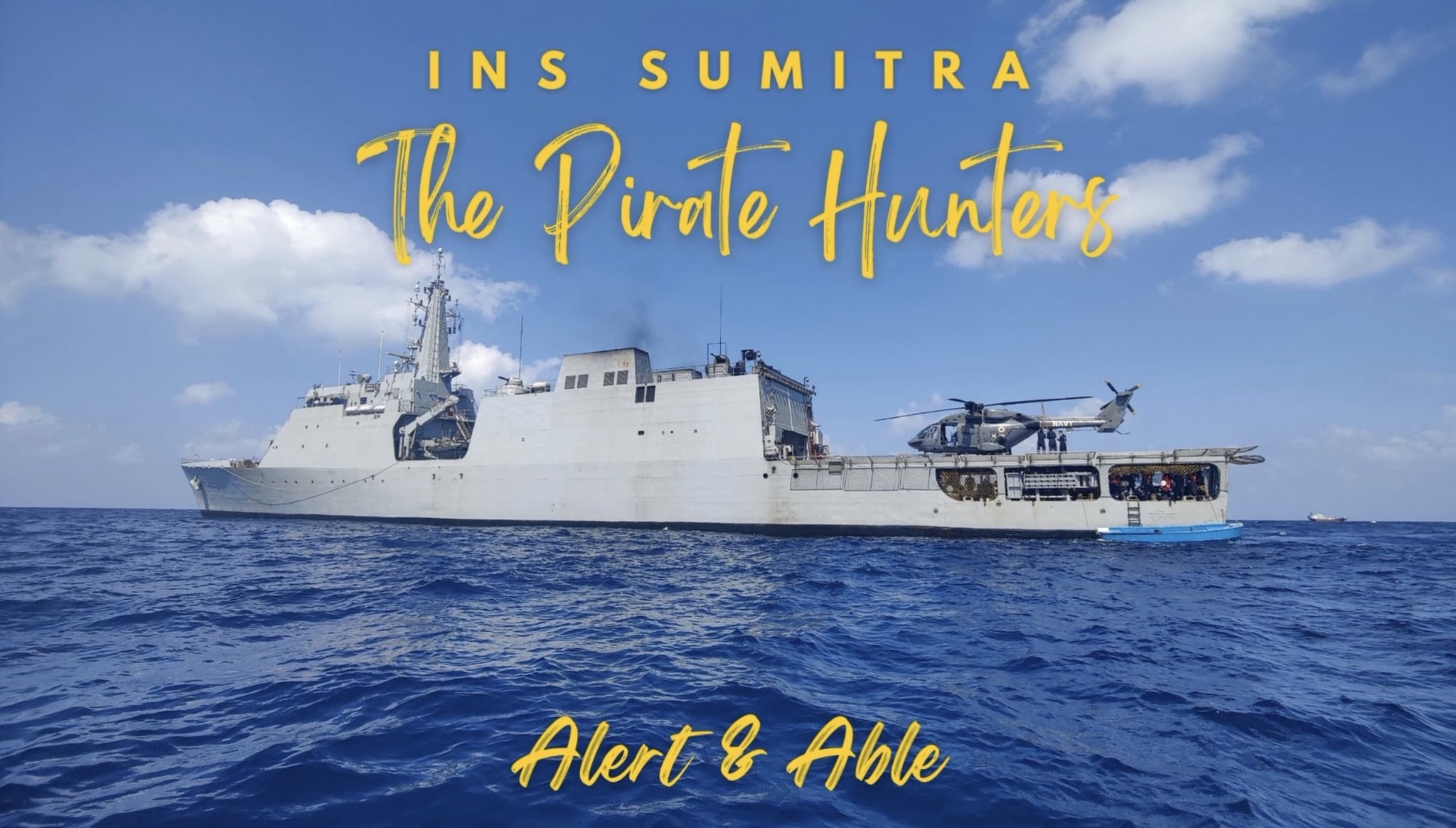Can We Just Give a Shoutout to the Indian Navy?
In case you have been asleep, the Indian Fleet has been very, very busy, and is looking like a seriously credible and professional force that, in all honesty, arguably surpasses even the French and British fleets.
The Indians just saw eight submarines operating together in the Arabian Sea, including a bottoming operation with a vice admiral aboard. Few countries in the world could mount such an impressive force of subs in one place at one time.

The Indian Navy has two Arihant class SSBNs along with 16 assorted SSKs including French Scorpene, German Type 209s, and Russian Kilos.
They have been very active in naval exercises lately. Just this month, the Indian Navy has been a part of Exercise Cutlass Express 2024 in Seychelles (with U.S. assets and those of 16 African countries), Exercise Samudra Laksamana with the Royal Malaysian Navy, the India-Mozambique-Tanzania (IMT) Tri-Lateral (TRILAT) Exercise, and Tiger Triumph ’24.
The Indian fleet recently completed the biennial MILAN 2024 exercise at the end of February, which saw 35 ships at sea including 13 Indian along with both the country’s active aircraft carriers, INS Vikramaditya and INS Vikrant.

India is in the process of upgrading its 40 remaining MiG-29Ks for much more capable Dassault Rafale Ms, giving its carriers some serious capability. The DDG on plane guard duty is a domestic Kolkata-class (Project 15A) guided-missile destroyer, of which the Indians have three in service, all carrying 16 giant BrahMos ramjet AshMs. Note the tin can’s distinctive Israeli IAI EL/M-2248 MF-STAR S-band AESA multi-function radar “top hat.”
Speaking of upgrading embarked aircraft, the fleet just stood up its first of two MH 60R Seahawk squadrons, INAS 334, at INS Garuda, Kochi.

The helicopters are a part of the 24-aircraft FMS contract signed with the US government in Feb 2020.
The Indian fleet has also been getting it done against both the Houthi and Somali pirates.
In operations in the Central Arabian Sea, one advanced 2,200-ton Saryu-class patrol vessel, INS Sumitra (P59), recently earned a Unit Commendation after she apprehended 11 Somali pirates and rescued 36 mariners in responding to the hijacked FV Iman and FV Al Naeemi.
When the UK-owned, Palau-flagged cargo carrier MV Islander (IMO 9136565) caught fire after she was hit by two Houthi missiles on 22 Feb 2024, an Indian Navy Kolkata-class destroyer on patrol in the Gulf of Aden came to her assistance and landed EOD specialists and medical personnel.
Perhaps most spectacular was the events surrounding the Malta-flagged bulk carrier MV Ruen (IMO 9754903) which had been hijacked by 35 Somali pirates with 18 crew aboard.
A two-day response included the 8,000-ton destroyer INS Kolkata (D063), an Indian Air Force C-17 flying more than 1,500 miles to airdrop marine commandos, two drones, and an India Navy P-8.
The incident ended with the Ruen and her mariners liberated and all 35 pirates still alive and in custody, allowing the fleet to state, “The Indian Navy remains steadfast in performing its role as the ‘First Responder’ in IOR.”
In other Indian Navy News, the 56-foot training sloop INSV Tarini, operating with an all-female crew of naval officers, recently made a three-week cruise from Goa to Mauritius, a tough 2,700 miles across the Indian Ocean, in preparation for an upcoming circumnavigation of the globe, scheduled later this year.





















